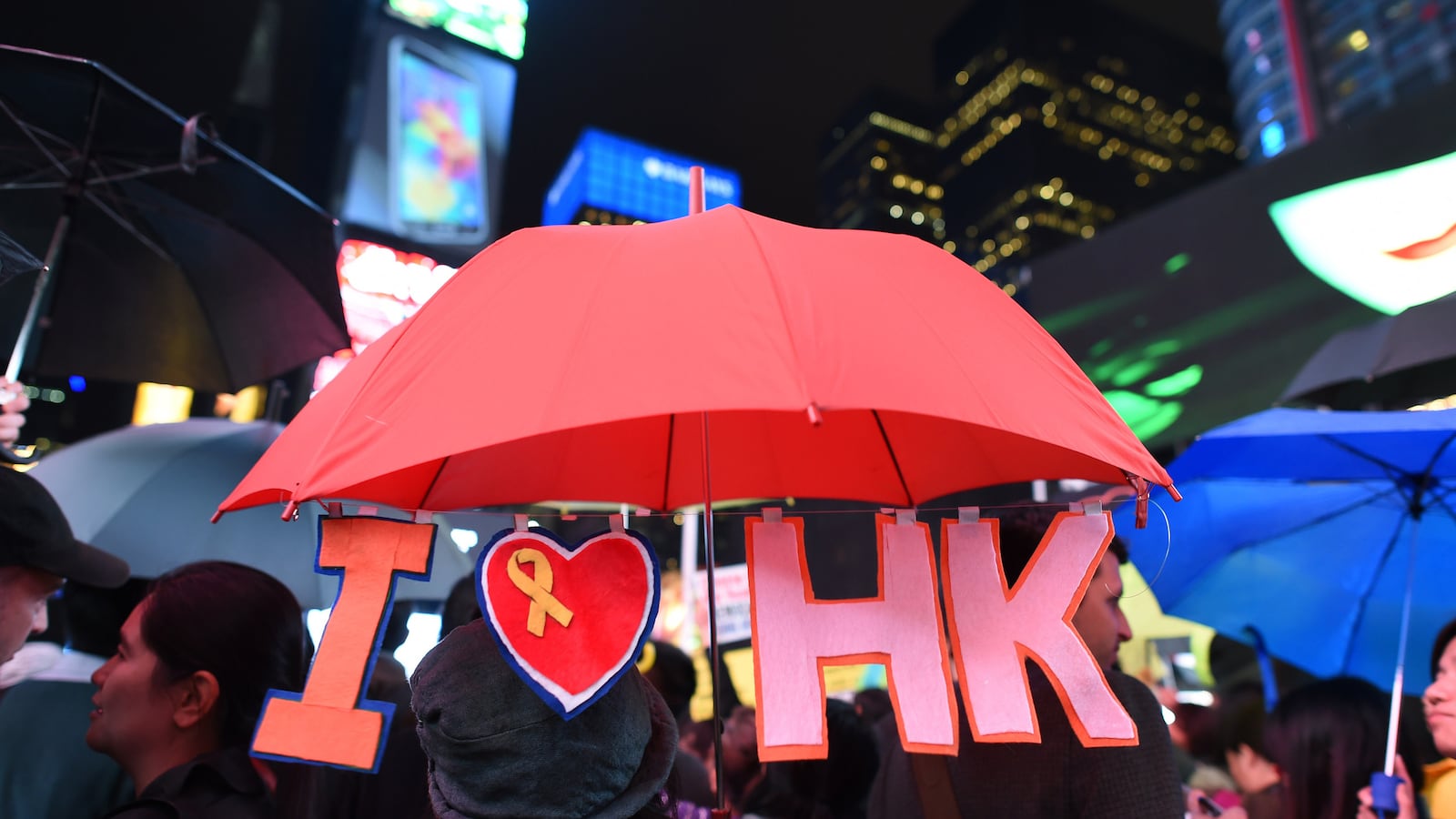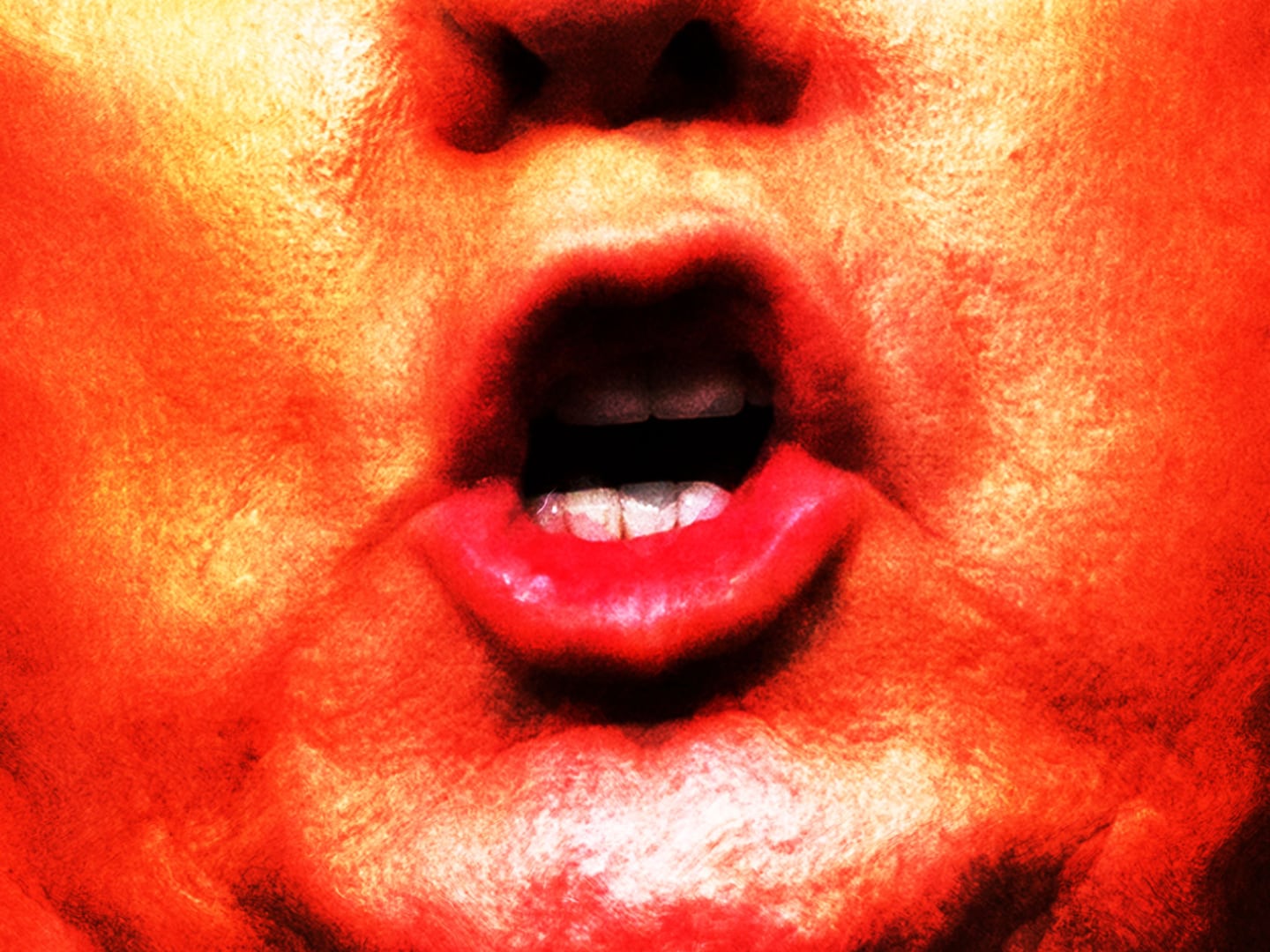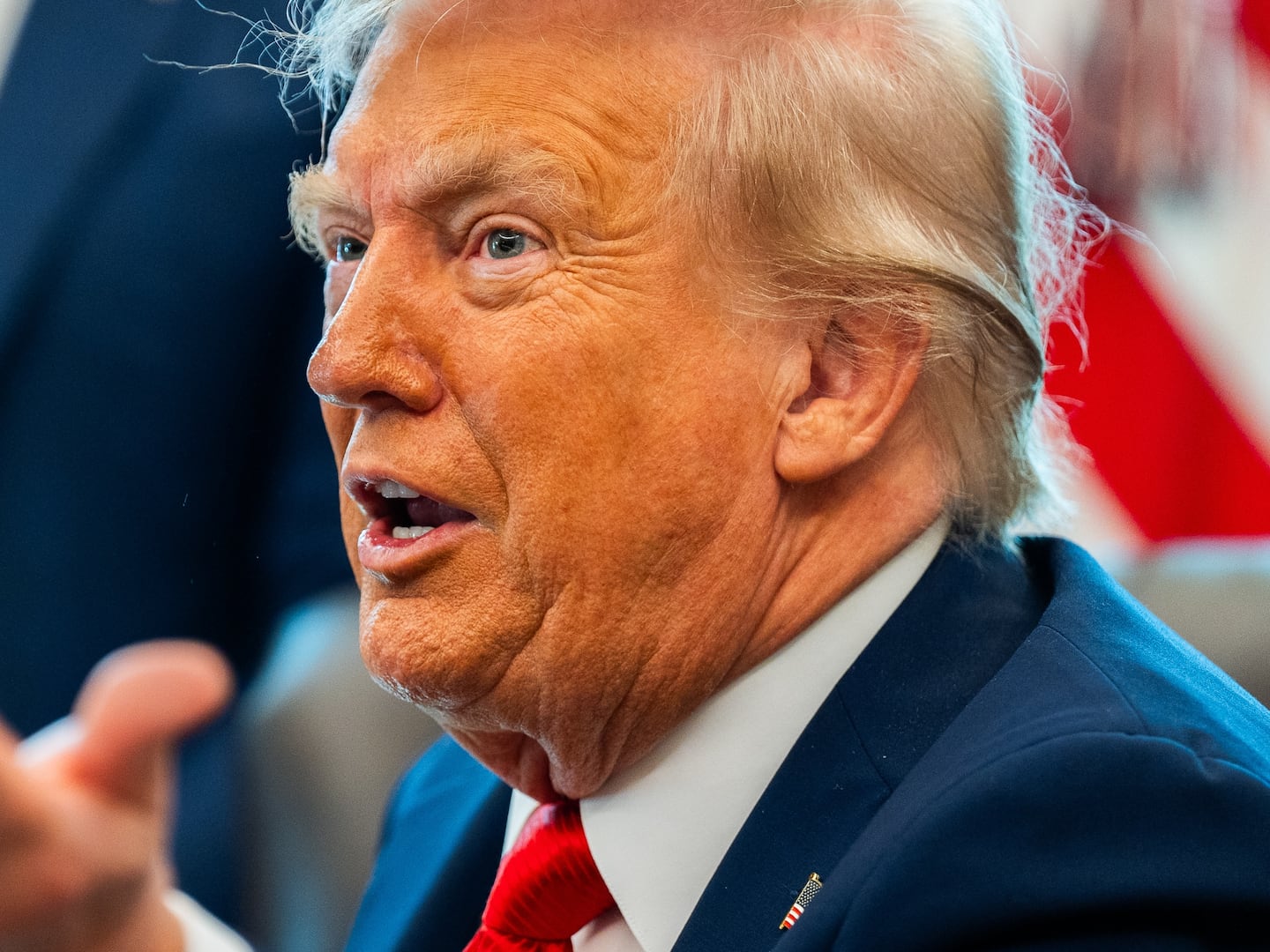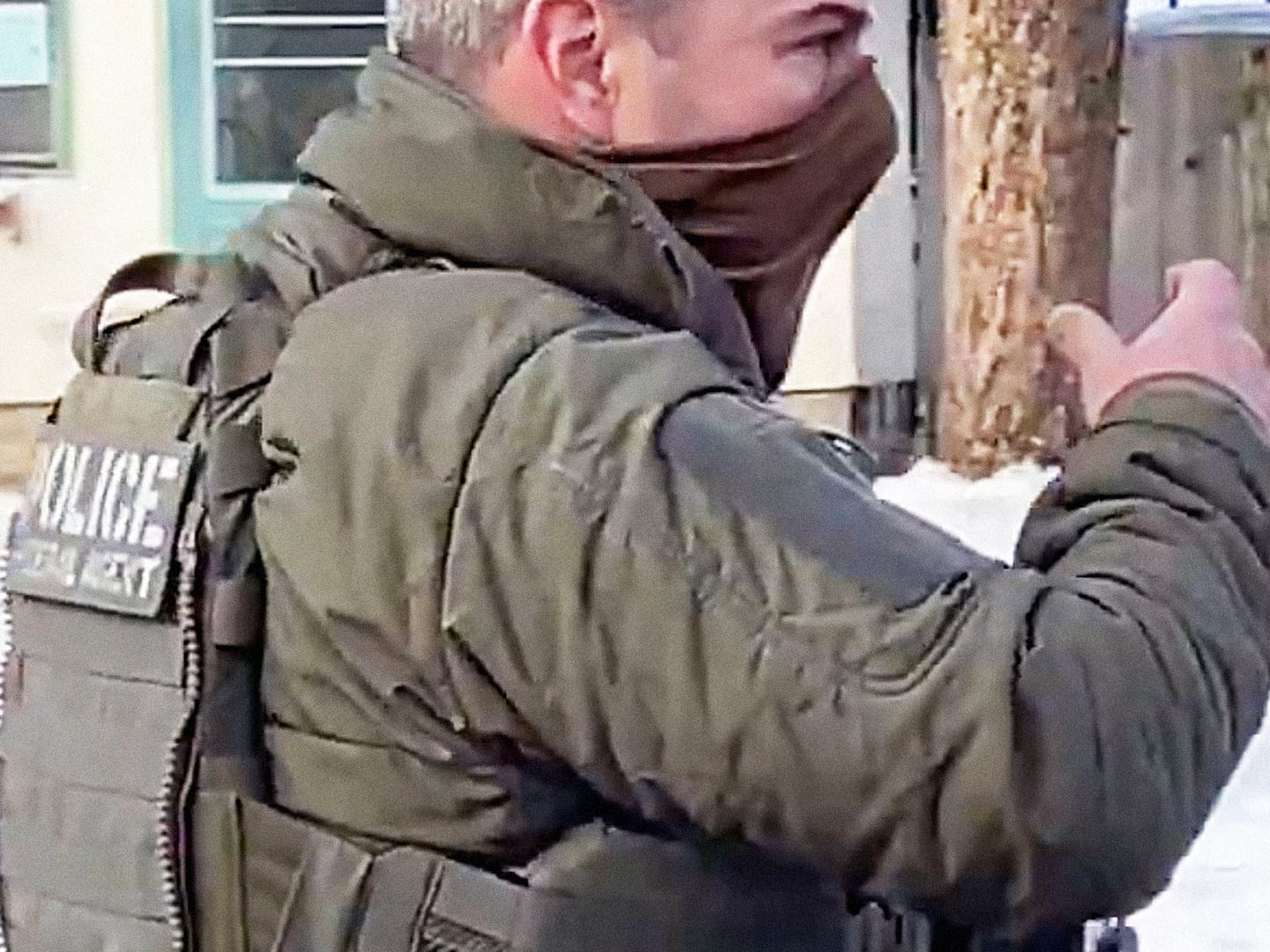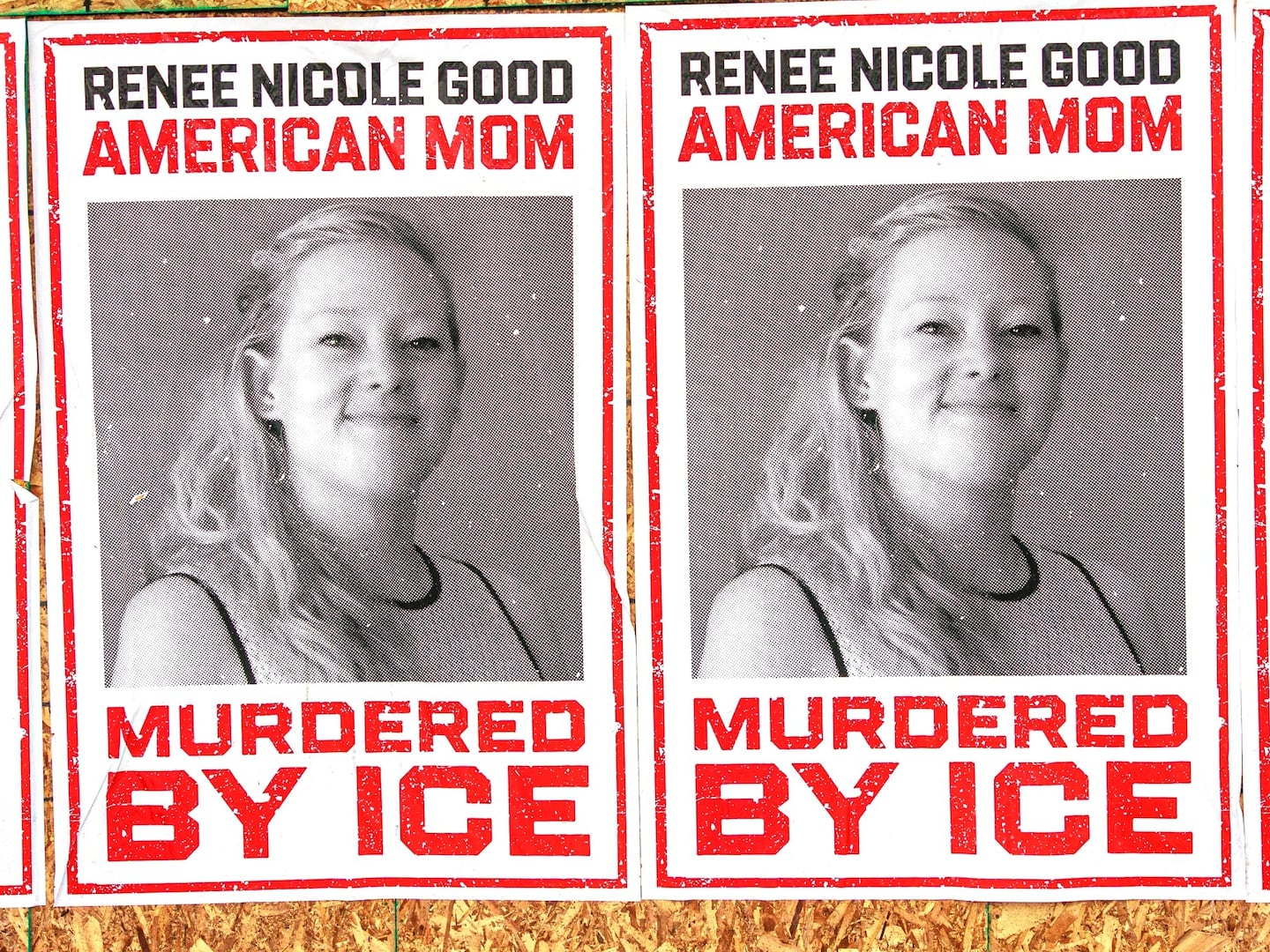In Hong Kong, standing up to constant rain may not be existential, but calling their massive, sustained protests the Umbrella Revolution shows that Hongkongers have a sense of humor. If it feels as if your overlords are control freaks, it may be poetic justice to suggest that they ought to be afraid of umbrellas.
What’s in a name? Movements based on civil resistance need unity of purpose and strategy to be effective, because they are based on the diversity and versatility of multitudes. Naming a movement or giving it a single symbol is a natural way of recognizing this emerging power.
The first nonviolent mass movement in the post-war era that adopted a colorful symbol was the Carnation Revolution in Portugal 40 years ago, in 1974. Though it began with the defection of generals and military units, it was joined by ordinary people who put carnations into the barrels of the army’s guns, and it brought an end to an era of dictatorship and also to Portugal’s colonialism in Africa.
A little more than 10 years later, Corazon Aquino, the widow of an assassinated opposition leader in the Philippines, adopted yellow as the color of resistance. Becoming a massive nonviolent movement after a stolen election, it succeeded in spurring military defections and forcing the resignation of Ferdinand Marcos, a corrupt, U.S.-backed president. Dubbed the “people power revolution” or the “EDSA revolution” (after the main boulevard where people gathered) it gave the term “people power” to the world as a synonym for the popular use of civil resistance.
The great wave of people power that swept over Eastern Europe in 1989, overturning 40 years of Soviet domination, captured the imagination of people everywhere who wanted freedom. It did so in Prague, where a playwright, Vaclav Havel, led tens of thousands of students and hundreds of thousands of ordinary Czechs and Slovaks who filled Wenceslas Square and chanted “the whole world is watching.” And it did so in Leipzig with ministers and churchgoers marching with candles as if they would never allow the East German regime to snuff out their demand to be free.
Not all successful cases of nonviolent resistance have earned distinctive names. The culmination in 1991 of opposition to a dictator in Mali led to a military massacre, the defection of other military units, and finally student-led protests that paved the way for free elections, and it was simply called the March Revolution. The spontaneous popular support in the streets and the army defections that thwarted a coup by a cabal of hardliners in 1991 against Gorbachev and Yeltsin led to the Soviet Union’s dissolution, but no clever term was needed to spur Russians to block reversion to a darker past.
Ironically it was under Yeltin’s successor, Vladimir Putin, that the term “color revolutions” was coined in Moscow to try to suggest that these were all concocted by “outside forces” and thus discredit the massive nonviolent demonstrations that led to the resignations or electoral defeats of authoritarian rulers in Serbia in 2000, in Georgia’s “Rose Revolution” in 2002, and in the so-called Orange Revolution in Ukraine in 2004.
By that time it seemed that the irrepressible spirit often seen in civil resistance had become infectious in societies grown tired of dictators, so names and symbols became a natural expression of the demand for change. Thus the successful nonviolent “Cedar Revolution” in Lebanon in 2005 which drove occupying Syrian troops out of the country and assured parliamentary elections free of Syrian influence, as well as the “Saffron Revolution” in Burma in 2007, after the color of the robes that some Burmese monks wore in their long marches protesting arbitrary fuel price increases and demanding democracy. While the monks and their fellow protesters in Burma did not succeed, the vigor of the movement surprised the world and is now seen as a precursor of the gradual transition to a more open society that is now underway.
That may also be true of the Green Movement in Iran in 2009, in which enormous protests were directed at the government in Tehran following a presidential election in which vote counting was widely believed to have been manipulated. The scale of that nonviolent rising and the savage street repression directed at protesters advertised both the character of the regime and the depth of potential resistance that seemed to be available, were it to be more deliberately organized as well as driven by new abuses.
The quick succession of nonviolent movements in the Arab world in 2011, beginning with the successful nonviolent protests against the authoritarian regime in Tunisia and the autocratic rule of Hosni Mubarak in Egypt, prompted the world media to begin to refer to these movements as well as others in Syria and Bahrain as the Arab Spring. Perhaps that name should not be felt so ruefully today, despite the reversion to authoritarian control in Egypt.
The “Arab Spring” calls to mind the “Prague Spring,” the temporary though nonviolent arrival of new democratic leadership in Czechoslovakia in 1968, reversed via Soviet invasion. Yet seeds of resistance to communist autocracy were planted then, and the Velvet Revolution of Vaclav Havel arrived 20 years later, after a rationale and a strategy for conclusive change was slowly constructed.
Havel was perhaps the foremost activist-theoretician of civil resistance after Gandhi and Martin Luther King, Jr., as represented in his seminal work, The Power of the Powerless. He argued that dictators are weak because they usually try to suppress all effective dissent, and they have to do that because they cannot tolerate the truth about the methods and purposes of how they govern.
Refusing to believe lies is therefore the foundation of people power. It rises in minds and hearts, and while repression may narrow the options for its effectiveness in the short term, a nonviolent conflict is not fundamentally a physical contest and thus it does not require external financing or nefarious plots. Ultimately nothing is more legible and persuasive to the world than the honest, incessant demand by people that they be able to determine their own destiny. The umbrellas of this form of history will eventually be everywhere.

